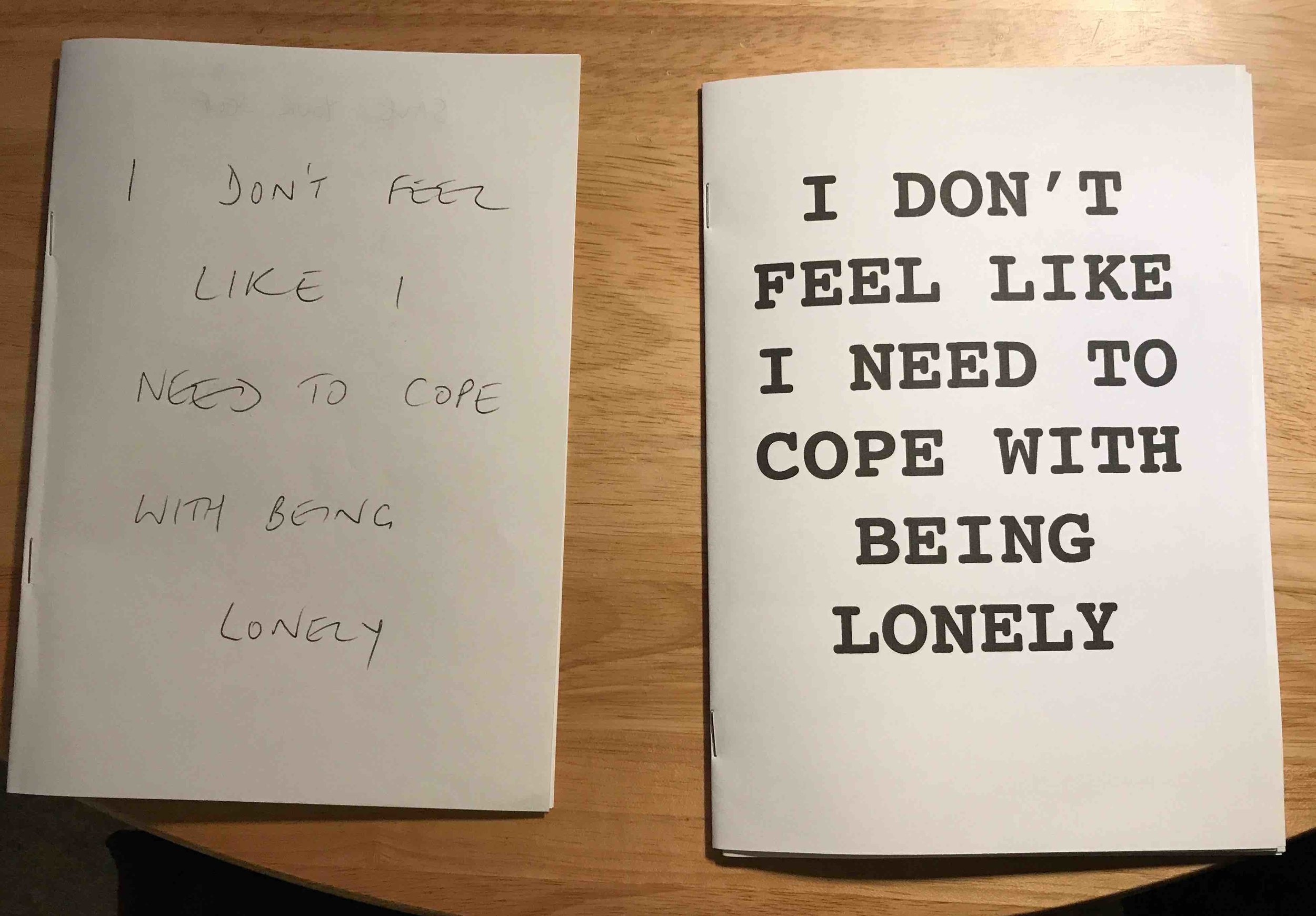In my week 9 reflection I spoke a little about the process that led to me trying to put together a small zine. This was an interesting activity that I certainly intend to develop further, as there is a lot of potential for variations in content and layout, as well as technical aspects such as paper choice and printing process to explore (geeky, but I love that stuff!!).
Having had access to a double-sided printer this week, I was able to create slicker editions of the zine that reproduced the photographs in a much more pleasing manner than my home printer had done.
Zine printed on a better printer than my Canon all-in-one!
Following on from the zine, and reflecting my desire to produce something that is as instantly accessible as possible, I developed a couple of leaflets to see how far this idea would go.
Two leaflets!
They were very easy to put together, with the main challenge being the need to be economical with space and limit any unnecessary content (I am prone to ramble, so that wasn’t as easy as you might think!). I’m really happy with how these turned out, because they feel so practical and simple, reflecting the approach I want the project to take.
Useful contacts
Being self-critical, I would say that the first iterations have possibly subjugated the photograph too much, with a preponderance of text. And the trick will be to arrive at a layout that does justice to the strands of the project so far (images and text submitted by collaborators, musical influences etc) while also being a practical source of information about what the project entails and how to seek further support.
They aren’t stuffy or ‘arty’ at all really. My idea is to refine this format further, potentially using the leaflets as an introduction to the project, as a sidekick when inviting people to be collaborators or simply as a way to raise awareness of the issue of urban solitude and the organisations that offer help and support.
I have left a few in random public places (e.g. buses, tubes) and have handed some to people that have already contributed to the project.
Sneaky Tube leaflet!
In my fantasy world, the ideal outcome would be to follow the journey of a leaflet left on the tube and see where it ended up and who it connected with. But I will have to come back to GPS geo-tracking printing methods in a future module!







